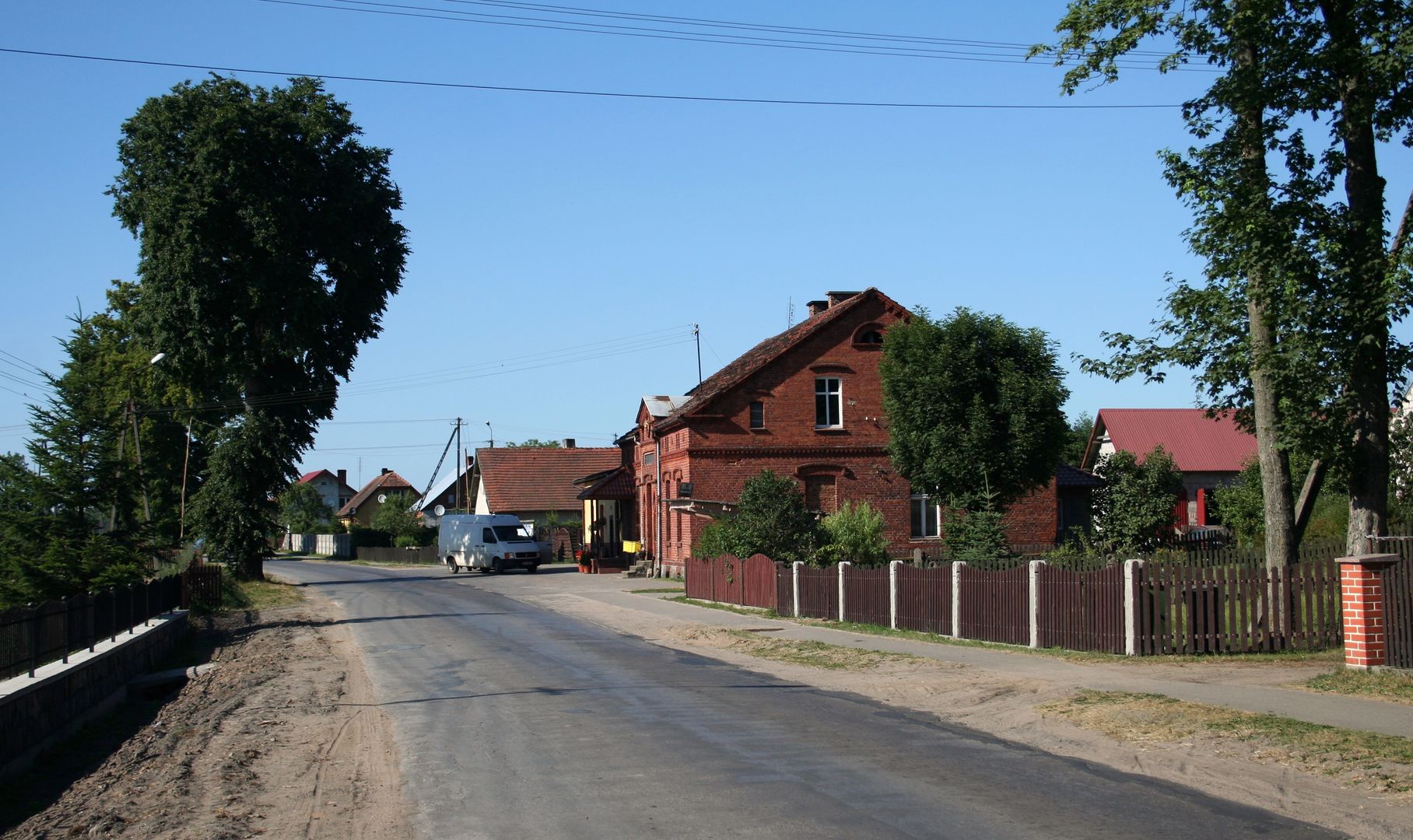Wet
6.54

Overview
Mokre, a village located in the Pomeranian Voivodeship, within the Gmina Czersk, has approximately 291 inhabitants and forms a sołectwo (administrative village district) together with the settlements of Listewka and Rówki. Geographically, it lies within the mezoregion of the Tuchola Forest, characterized by gently rolling terrain, rich pine forests, and meadow areas. The village features historical monuments such as the Chapel of St. Joseph from 1761, a former Evangelical cemetery, and a 19th-century inn, though these are often in poor condition or have been repurposed. The history of Mokre dates back to the Neolithic era, with the first written records from 1330. At that time, the village was named Macker, and by the 15th century, it had become a knight's settlement. The 19th century brought development and German settlement, with a predominantly Evangelical population at the beginning of the 20th century. After World War II, Mokre underwent various administrative changes, including incorporation into the Bydgoszcz County, and a reform in 1999 which reintegrated it into the Chojnice County. Local organizations that operated until 1945 are also noteworthy, even though the village was part of Poland. Mokre lacks significant tourism potential beyond agritourism offerings, though this form of tourism is developing in the surrounding area. The infrastructure is dominated by county and local roads, along with a bus stop. The economy of the sołectwo is primarily based on agriculture, with the cultivation of cereals and root crops being most common, though a significant portion of the land is forested. The village has a fire station that also serves as a community center, as well as a playground, indicating local social needs. Despite its rich heritage, Mokre faces challenges in terms of tourism development and infrastructure, which limits its potential as a place to live and visit.
Location
2025 Wizytor | All Rights Reserved